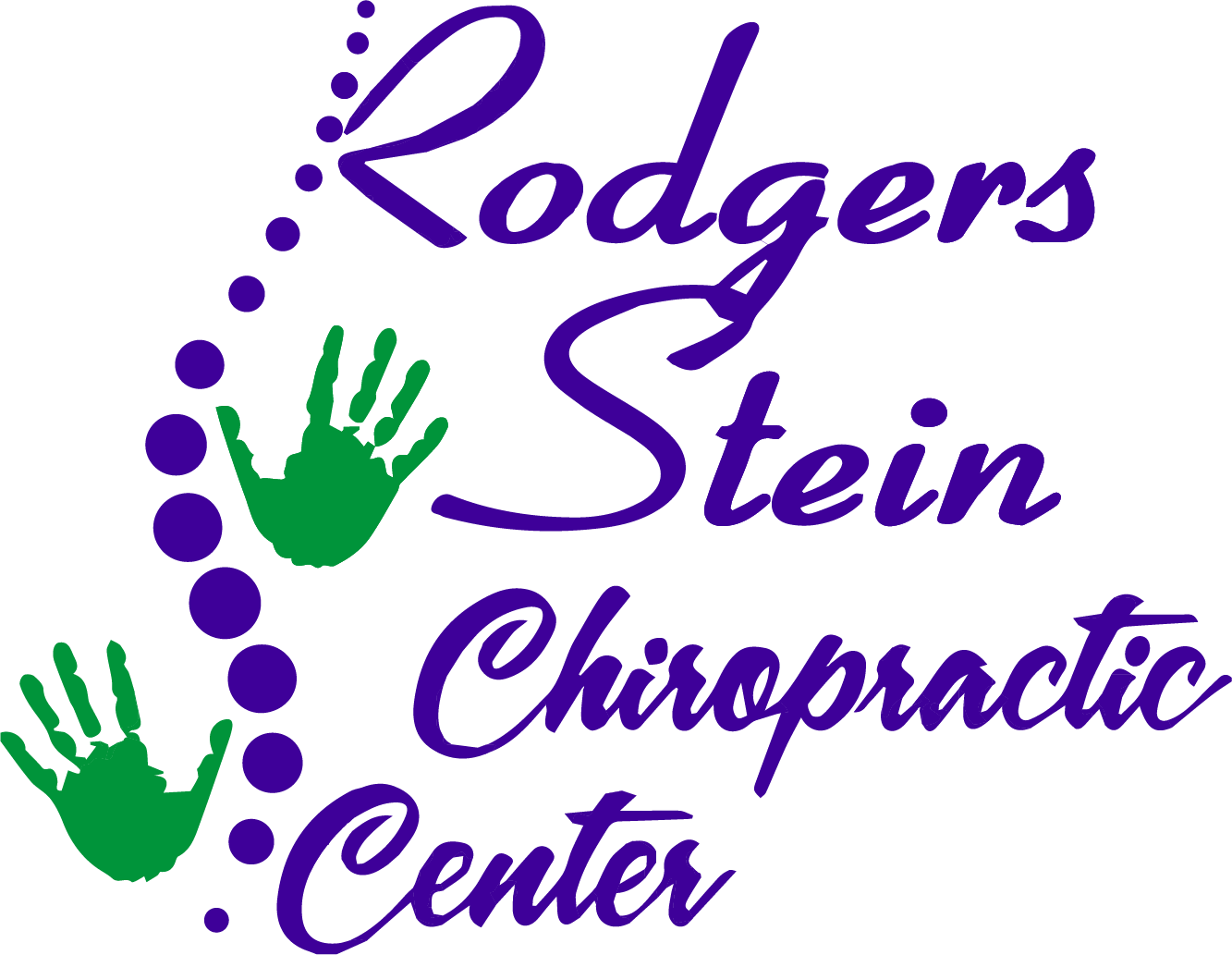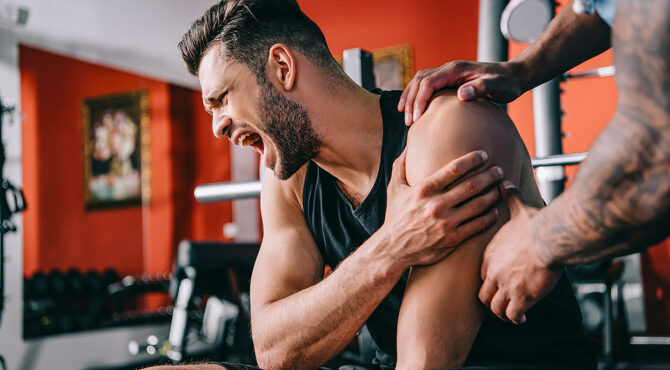As a local chiropractor, I want to share how important adjustments can be in your journey to improve flexibility. Many people aren't familiar with how chiropractic care can help align your spine, which in turn can relieve muscle tension and enhance your range of motion. But that's just the beginning!
Incorporating tools like blocks and straps during your stretches can offer the extra support you need to achieve deeper and safer movements. As you explore these techniques, you may discover additional benefits that go beyond just increasing your flexibility. If you're curious about how to effectively integrate these adjustments into your routine, I'm here to help guide you on this path to natural healing and improved mobility.
Understanding Flexibility
Flexibility goes beyond simply being able to touch your toes; it's a crucial part of your overall health and wellness. Many people associate flexibility with dancers or gymnasts, but in reality, it's essential for everyone, no matter your age or activity level.
As a chiropractor, I see firsthand how improved flexibility can enhance your range of motion, leading to better performance in both sports and everyday tasks. Additionally, it plays a vital role in injury prevention, as flexible muscles and joints are better equipped to absorb stress and strain.
When we talk about flexibility, it's important to understand that it's not just about stretching your muscles. It involves a harmonious balance between your muscles, tendons, and joints, all of which affect how easily you can move. If you've ever felt tightness after sitting for long periods, you've experienced the limitations that come with restricted flexibility.
The good news is that with consistent practice and the right techniques, flexibility can be improved significantly. Flexibility isn't a fixed trait; it can change over time due to various factors such as age, activity level, and previous injuries. This means that it requires regular attention to maintain and enhance it.
Activities you might already enjoy, like yoga or swimming, can be excellent ways to support your flexibility. By prioritizing flexibility in your wellness routine, you're not only boosting your physical abilities but also improving your overall health and well-being.
Embracing flexibility as part of your chiropractic care and natural healing journey can bring benefits that enhance your daily life.
Daily Stretching Techniques
Incorporating daily stretching techniques into your routine can greatly enhance your flexibility and overall mobility, which is essential for maintaining a healthy spine and preventing discomfort. As a chiropractor, I often see the benefits of stretching in my patients, especially in those who may not be familiar with chiropractic care or natural healing practices.
Start by identifying key muscle groups that may require extra attention. Many people experience tightness in areas such as the hamstrings, shoulders, or lower back, which can affect your overall alignment and well-being.
Begin your stretching session with dynamic stretches to warm up your muscles. Simple movements like arm circles, leg swings, and torso twists can help increase blood flow and prepare your body for deeper stretches. Aim for about 5-10 minutes of these dynamic movements before transitioning to static stretches.
When you move into static stretching, hold each stretch for at least 15-30 seconds. This duration allows your muscles to relax and lengthen properly. For instance, you could try a standing quadriceps stretch where you pull your heel to your glutes, or a seated forward bend to target the hamstrings.
Remember to breathe deeply and avoid bouncing, as this can lead to injury and tension in your muscles.
Incorporate a variety of stretches that target different muscle groups to ensure a balanced approach to your flexibility routine. For instance, the cat-cow stretch can be beneficial for spinal mobility, while the butterfly stretch can open up the hips, and a chest opener can relieve tension in the upper body.
Always listen to your body; if a stretch doesn't feel right, ease off to prevent any strain.
I encourage you to set aside a regular time for stretching each day—whether it's in the morning, during your lunch break, or before bedtime. Consistency is key to experiencing improvement in your flexibility over time.
With dedication to these practices, you'll likely notice an increased range of motion in your daily activities, which can make movement feel more enjoyable and fluid.
By integrating stretching into your daily routine, you can complement the benefits of chiropractic care and support your body's natural healing process.
Incorporating Movement Breaks
As a local chiropractor, I want to emphasize the importance of incorporating regular movement breaks into your daily routine. Doing so can significantly enhance your flexibility and overall well-being.
Whether you're seated at a desk, watching TV, or simply unwinding, taking these breaks can help you stay limber and energized. It's all too easy to become engrossed in tasks and forget to move, but just a few minutes of activity can yield substantial benefits for your body.
Here are three effective strategies to integrate movement breaks into your day:
- Set a Timer: I encourage you to use your phone or computer to set a timer for every 30 to 60 minutes. When the timer goes off, take a break for 5 to 10 minutes. Stand up, stretch, or take a short walk around your space. This simple practice can help prevent stiffness and keep your muscles active, which is vital for maintaining spinal health.
- Mini Workouts: During your breaks, consider engaging in short bursts of exercise. A quick set of jumping jacks, squats, or lunges can be incredibly beneficial. Even a few minutes of light activity can elevate your heart rate and improve your flexibility, supporting your overall physical health.
- Stretch It Out: Utilize these breaks to focus on targeted stretches that address areas of tightness. Stretching your arms, legs, and back can relieve tension and enhance your range of motion, which is essential for a healthy spine and overall body function.
By incorporating these movement breaks into your daily life, you can foster a more active lifestyle and contribute to your long-term health and wellness.
As your chiropractor, I'm here to support you in your journey toward natural healing and a pain-free existence.
Mindfulness and Breathing Exercises
As a chiropractor, I want to emphasize the importance of mindful breathing in improving your overall flexibility, both physically and mentally.
Engaging in specific breathing techniques can help you relax your body and clear your mind, which is crucial for effective stretching and movement.
By incorporating these exercises into your routine, you can experience significant transformations in your physical health and mental well-being.
Let's delve into how these practices can complement your chiropractic care and enhance your healing journey.
Importance of Mindful Breathing
As a local chiropractor, I want to share the transformative power of mindful breathing and how it can benefit your body, both physically and mentally.
Deep breathing isn't just about taking in air; it's a fundamental practice that can help you cultivate a deeper connection with your body. This connection is essential for releasing tension and improving your overall performance in daily activities and any movement practices you engage in.
When you focus on your breath, you create an opportunity for relaxation and awareness, which can greatly enhance your flexibility and overall well-being.
Here are three key reasons why I encourage my patients to incorporate mindful breathing into their routines:
- Increases Oxygen Flow: Deep, intentional breaths significantly boost the oxygen supply to your muscles. This is crucial for optimal performance and recovery, especially during flexibility exercises or physical activities. More oxygen means your body can perform and heal more effectively.
- Reduces Stress: Mindful breathing triggers your body's natural relaxation response, which helps lower stress levels. In my practice, I've seen how this calming effect can improve mental clarity, allowing you to approach stretches and movements with focus and intention, leading to more effective results.
- Enhances Body Awareness: Engaging in mindful breathing encourages you to listen to your body's signals. You'll become more attuned to what your body needs—when to push a little further in a stretch and when to ease off. This awareness is vital in preventing injuries and ensuring that you progress safely in your flexibility journey.
By incorporating mindful breathing into your daily life, you can greatly enhance your chiropractic care experience and promote a holistic approach to your health.
Let's work together to create a better understanding of how natural healing practices can support your wellness goals.
Techniques for Relaxation
As a local chiropractor, I often emphasize the importance of incorporating relaxation techniques into your daily routine to enhance your overall well-being and flexibility. One effective method I recommend is mindfulness exercises. Taking a moment to focus on your present experience can help clear your mind and significantly reduce stress.
I encourage you to find a comfortable position, close your eyes, and concentrate on your breath. Pay attention to the sensation of air entering and leaving your body. This simple practice can ground you, increasing your awareness of both your physical sensations and emotional state.
Breathing exercises are another vital aspect of relaxation that I frequently suggest to my patients. Deep breathing can be particularly beneficial. Inhale slowly through your nose, allowing your abdomen to expand, and then exhale gently through your mouth. Aim for a count of four while inhaling, hold for a moment, and then exhale for six.
Repeating this several times can help lower your heart rate and promote a sense of calm, which is essential for your overall health.
I recommend integrating these relaxation techniques into your daily life. Whether you take a few minutes in the morning or during a break in your day, you'll find that these practices not only help you relax but also enhance your flexibility—both physically and mentally.
Using Props for Support
Incorporating props into your wellness routine can significantly improve your flexibility and overall experience.
Just like how we use specific techniques in chiropractic care to support your body, props such as blocks and straps can provide unique benefits that help you achieve deeper stretches and better alignment.
These tools can play a vital role in enhancing your body's natural healing process.
Let's discuss how using these props can positively impact your physical health and support your journey towards better movement and balance.
Types of Yoga Props
As a local chiropractor dedicated to promoting natural healing and overall wellness, I often recommend incorporating yoga props into your practice. These tools can enhance your yoga experience, support your body in various poses, and ultimately contribute to better spinal alignment.
Here are three popular types of yoga props that can be particularly beneficial for your body:
- Blocks: These sturdy foam or wooden blocks are excellent for helping you reach the ground in poses such as Triangle or Forward Bend. By providing stability, they can assist you in maintaining proper alignment, which is crucial for spinal health, especially in challenging poses.
- Straps: Straps are a fantastic aid for extending your reach in stretches like Seated Forward Bend or Bound Angle Pose. They help ensure that you can maintain alignment without straining your muscles, which is essential for preventing injuries and promoting a healthy range of motion.
- Bolsters: These supportive cushions are invaluable during restorative poses. They allow your body to relax more deeply, which can aid in reducing tension and stress. Poses like Child's Pose or Supported Bridge benefit greatly from bolsters, making it easier for you to unwind and facilitate healing.
Incorporating these props into your yoga practice can help you feel more at ease and confident in your movements, promoting a healthier spine and overall well-being.
Benefits of Using Props
Incorporating props into your wellness routine can greatly enhance your overall experience and support your body in its natural healing journey. When you utilize props such as blocks, straps, or blankets, you create opportunities for deeper stretches and improved alignment, which are essential components of maintaining good spinal health. This support is particularly beneficial for stability, especially in poses that may challenge your balance.
Using props also allows you to safely explore your body's limits. For instance, a strap can help you extend further in a stretch, promoting a greater range of motion and flexibility over time. This mindful approach to movement reduces the risk of injury, making your practice not only safer but also more enjoyable. Additionally, props can assist you in holding poses for longer durations, enabling you to fully experience the therapeutic benefits without overexertion.
Moreover, props are versatile tools that cater to individuals at all levels of fitness and wellness. Whether you're just starting out and need extra support or you're more experienced and looking to push your boundaries, incorporating props into your routine can create a more customized experience.
Ultimately, using props helps you connect more deeply with your body and breath, enhancing your physical and mental flexibility while supporting your overall health and wellness. As a chiropractor, I encourage you to embrace these tools as part of your journey towards optimal well-being.
Setting Realistic Goals
As your local chiropractor, I want to emphasize the importance of setting realistic goals for enhancing your flexibility, which is crucial for your overall well-being.
When you establish achievable targets, you're more likely to stay motivated and effectively monitor your progress. It's important to remember that improving flexibility is a gradual journey; pushing yourself too hard can lead to injuries or burnout.
Here are three essential steps to help you set realistic goals for your flexibility:
1. Assess Your Current Flexibility: Begin by evaluating your current range of motion. Pay attention to areas where you feel tightness and movements that present challenges.
This self-assessment will provide you with a clear understanding of where to focus your flexibility efforts, and it can also help us tailor your chiropractic care to better support your goals.
2. Set Specific, Measurable Goals: Instead of a vague goal like "I want to be more flexible," aim for something concrete, such as "I want to touch my toes without bending my knees within three months."
Specific goals not only create a clear roadmap for you but also allow us to track your progress during your visits.
3. Create a Consistent Routine: Flexibility improvement won't happen overnight. It's essential to allocate time in your weekly schedule for stretching and flexibility exercises.
I recommend aiming for at least three sessions per week. Incorporating these practices into your routine can complement the chiropractic adjustments you receive, leading to better results.
By following these steps, you can enhance your flexibility safely and effectively, contributing to your overall health and mobility.
If you have any questions or need guidance on specific exercises, feel free to reach out during your next visit!
Conclusion
As your local chiropractor, I want to emphasize the importance of chiropractic adjustments in enhancing your flexibility. Many people are unaware of how these adjustments can benefit not just your spine, but your overall physical mobility. By prioritizing regular chiropractic care and incorporating supportive props into your routine, you'll find that your flexibility can improve significantly.
It's also essential to practice daily stretching techniques and take movement breaks throughout your day. These small adjustments in your routine can keep your body engaged and limber. Alongside these physical activities, I encourage you to explore mindfulness and breathing exercises. These practices can deepen your body awareness and help you connect with your physical self.
Setting realistic goals for your flexibility journey is vital. It allows you to track your progress and maintain motivation. Embracing this holistic approach to your health will not only enhance your flexibility but also boost your overall confidence in your physical abilities. Let's work together to unlock your body's potential!



